Kovozavody Prostejov "KP"
[page 2]


SIAI Marchetti SF-260 models in 1/72 scale
page 2
page 3
Another recent injection moulded kit of the SF-260 came from Kovozavody Prostejov (KP). The kit has appeared in various boxes of which I purchased 3:
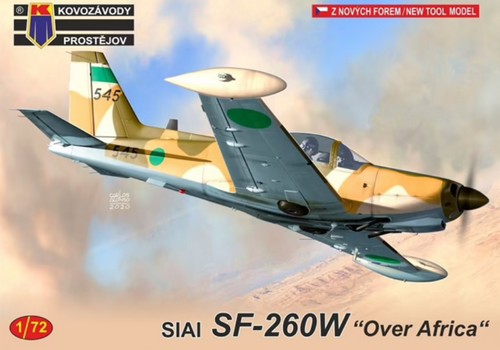
[1] SF.260 "W" kit #KPM0210 with markings for military "over Africa" aircraft of Tunesia, Mauretania, Libya, Zimbabwe;

[2] SF-260 TP "Turbo Warrior" kit #KMP0213 with military markings for Zambia, Nicaragua, United Arab Emirates and an Italian civil aircraft:
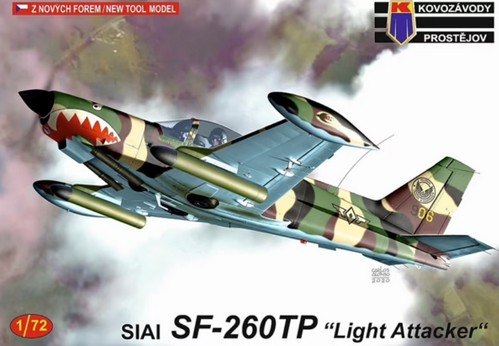
[3] SF-260 TP "light attacker" kit #KPM0214 with military markings for Haiti, Philippines, Zimbabwe and Sri Lanka;

The plastic sprues with about 40 parts are similar in all kits, only the decals are different. The wing is one piece.
Parts are short-run but not bad though the small pitot tube below the right wing half is missing in the kit.
Their is a clear sprue with the one piece cockpit hood.
The instructions may be a bit confusing as it is similar for these kits, only indicating the differences in the Lycoming or Allison TP engines. You get a 2-bladed or 3-bladed propeller.

The kit is short run and the plastic is rather soft. The attachments with the sprue are rather thick so use a razor saw to separate the parts.
It takes quite some time for plastic glue to get strong joints. This is a bit awkward so take your time when assembling the kit and use clamps while assemblies are drying.
It is better to first glue the floor part #2 to the one piece wing #1.
Make sure to align the nose wheel bay and dry fit with the fuselage opening.
Than join the two fuselage halves together. Now fix the fuselage and wing, the fit is OK.
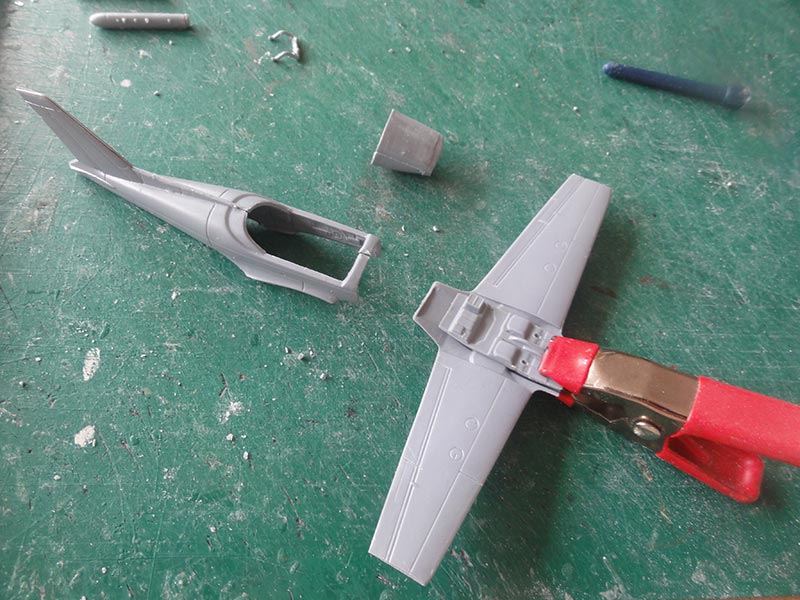
As noted, the glue takes times to dry.
The engine cowling which has different parts is a bit tricky to get symmetric. Set the cowling to the fuselage and let dry. Some putty and sanding is required at the cowling and the lower wing-fuselage joint.
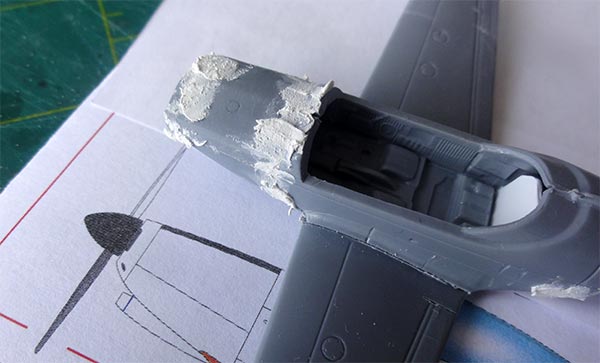
Add plenty of nose weight to avoid a tail sitter. Later on I found this is almost impossible to do. I will set later on a piece of stretched transparent sprue to keep the model on the nose wheel.
(A pair of TP kits with the different Allison engine nose were also assembled in a similar way).
Here the TP nose parts are seen.
As noted some sanding, putty and again sanding is needed.



The instrument cover #31 will interfere with the clear hood. So it needs about 2 mm removal of material at its front before setting in the interior. Dry fit here and remove a tiny bit at the rear as well.

Now complete the further interior. I also added a closed bulkhead plate aft of the bench #12 that needed trimming.
Add the paint scheme before installing the landing gear. If you want an open hood, a razor saw is needed to carefully separate the wind screen as it is very hard and fragile plastic. Tape the surroundings and work carefully here.

General tips when completing each KP kit are:
- as noted earlier, a stretched bit of transparant sprue was set in place to keep the nose wheel on te ground.
- the kit has not the small pitot tube located on the lower right wing, make from scrap.
- paint and add a few small lights, such as a transparant red one below the fuselage and the red and green anti-collision lights on wing tip tanks painted.
- on the vertical tail leading edge a small V-shaped antenna is often seen on aircraft. This can be made from very thin sprue. Also check for any small antennas on the lower fuselage.
The first KP kit was made as a Zambia air force SF-260 TP with the scheme and decals provided in the KP kit #0218. The Zambian air force also used different SF-260 types at the training school at Livingstone.
For the colours airbrushed were:
- first on lower surfaces a grey-green mix of 95% light grey Revell aqua 371 with a few drops 5% of green Aqua 364;
- olive green (about Humbrol 86) but I used acrylic Gunze Sangyo 303;
- brown FS30219 (about Humbrol 118) but I used Gunze Sangyo 310.
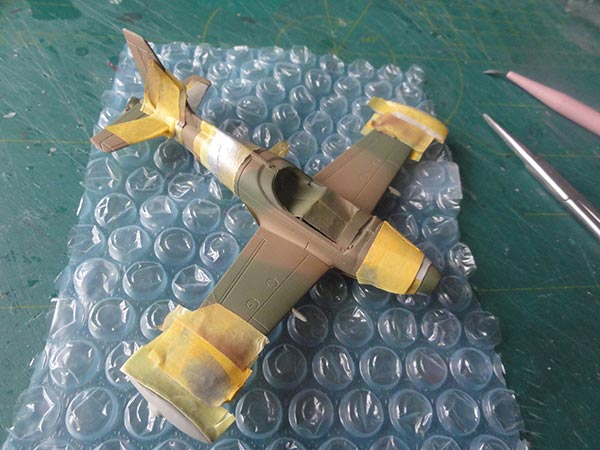
The orange panels (stated as about Humbrol 18) were airbrushed after masking in Gunze Sangyo Mr Hobby H14 acrylic.

Finally, a black anti-glare panel was airbrushed as well.
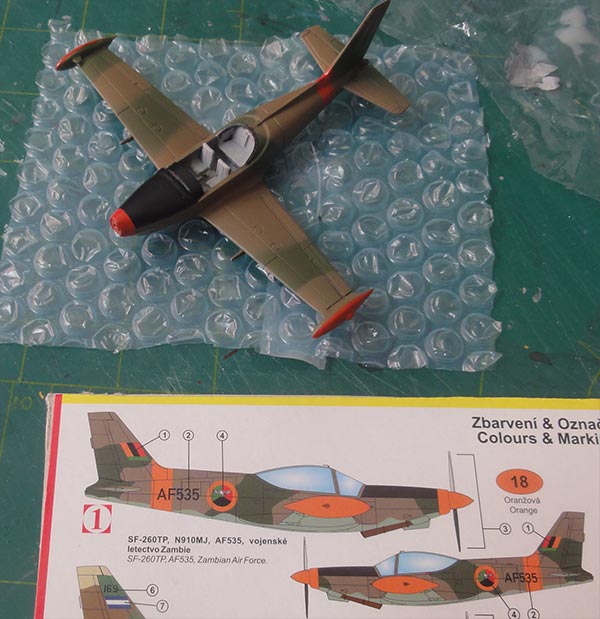
The decals are in the kit and very thin. They look fine. This model of the Warriors got the code "AF535".
A pair of small strakes was seen on the lower tail of Zambia aircraft, these were made from plastic card.
The opened up hood and wind screen were painted with a fine brush. Finally, 10 small static dischargers made from very thin light grey stretched sprue were added on wing tips, stabilizer tips and tail end.
ZAMBIA


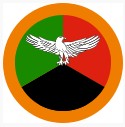
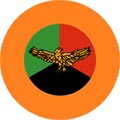
[area: 752,600 sq.km | population: 18 million | capital: Lusaka | GDP per capita nominal: 1,300 USD ]
Zambia became independent in October 1964. The Zambia Air Force was established in 1968. In the earlier years, aircraft used were 2 Pembrokes, 10 C-47, 7 Beaver, 5 Caribou, 10 DO-28 transports. Quite some helicopters were used as well like Alouettes, AB-205 and Bell 47. Attack jet aircraft were 18 MB-326 and 4 Yugoslav Jastrebs and Galebs. In the mid 1970's some 14 MiG-21 fighters and Mi-8 helicopters were acquired. Saab Safari trainers were used and later for training and counter insurgency some 8 SF-260.
For more information about the Zambia Air Force, look at the K-8 page here....
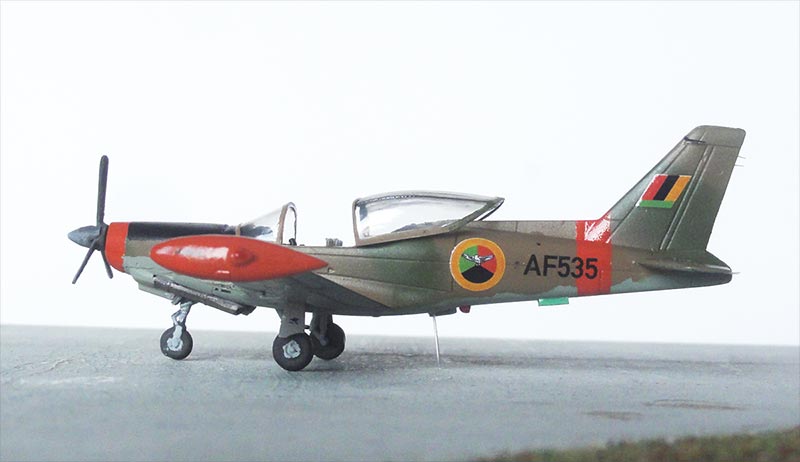
note the small bit of transparant sprue to avoid tail sitting...
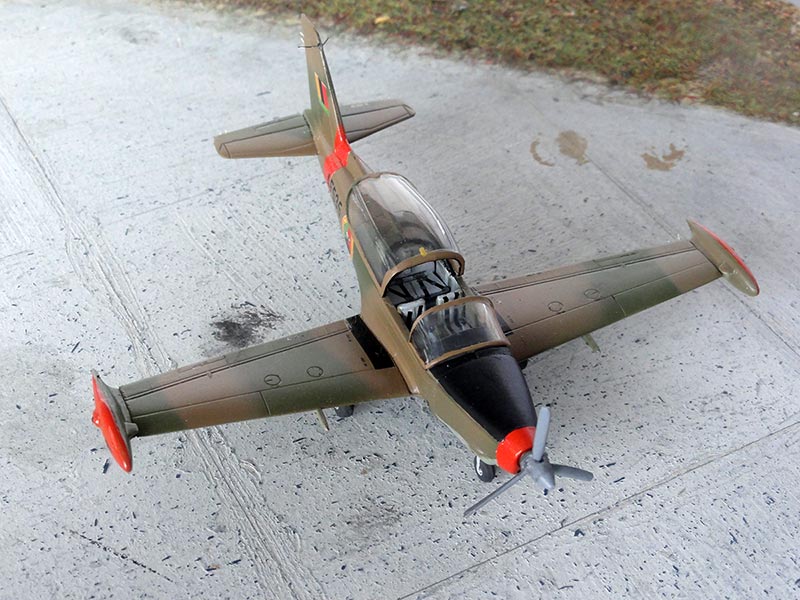
SF-260 of the Flying training school based at Livingstone.

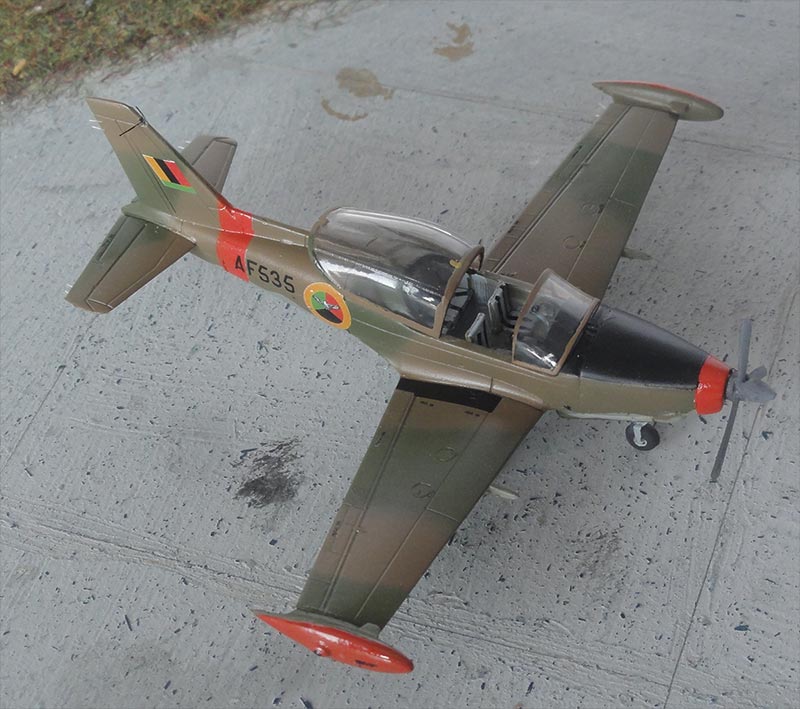
The second KP kit is completed as a Haiti SF-260 TP with decals from the KP kit #0214.
It has an overall light grey colour of about Fed.Std FS36495 for which Gunze Sangyo Mr Hobby H338 acrylic was airbrushed. The anti-glare panel is mat black.
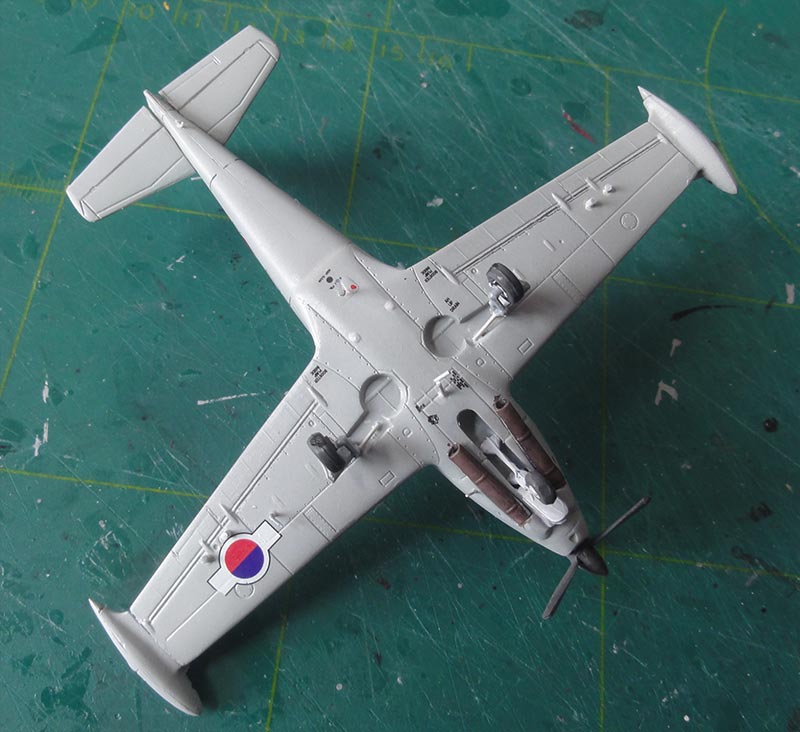
The Haīti air force used a few SF-260 TP trainers (codes 1271 - 1276). This model got code "1274". The decals are in the kit and fine.
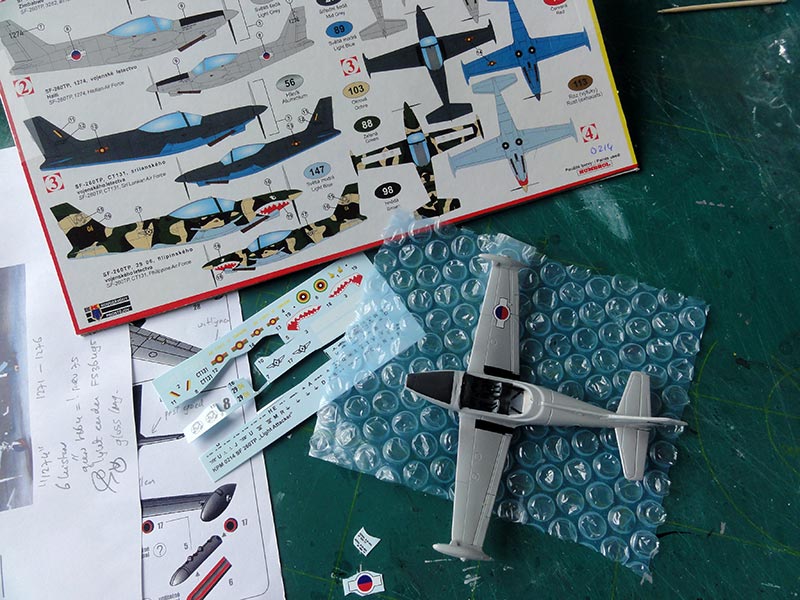
The cockpit got some details with decals for the instrument panel.
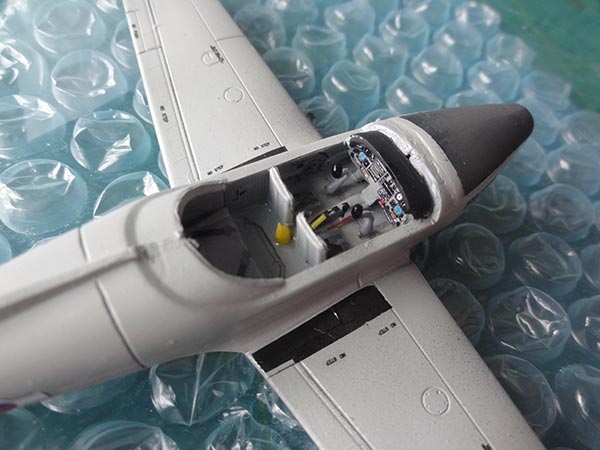
The propeller colours are difficult to see on photos, so the standard grey at the front prop surfaces and black aft surfaces. No prop tips were painted.
Haiti
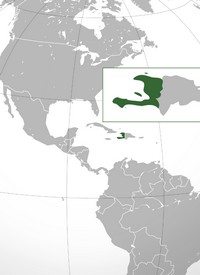
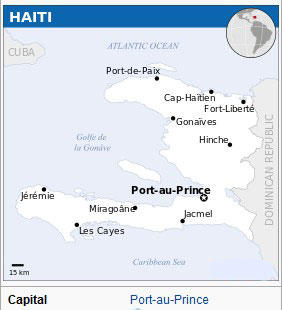




[ area: 27,750 km2 | population: 12 million | capital: Port-au-Prince | GDP per capita nominal 1,900 USD ]
Haiti is in the Caribean and one of the poorest countries in the World. Today, it seems the country is ruled by criminal gangs.
Along with Cessna Skymasters, 6 SF-260 TP light aircraft were delivered which were only briefly used and later sold. Currently, no air force exists anymore but the police has a single UH-1 helicopter apparently.
For information about the Haiti Air Force look at the Fennec page here...

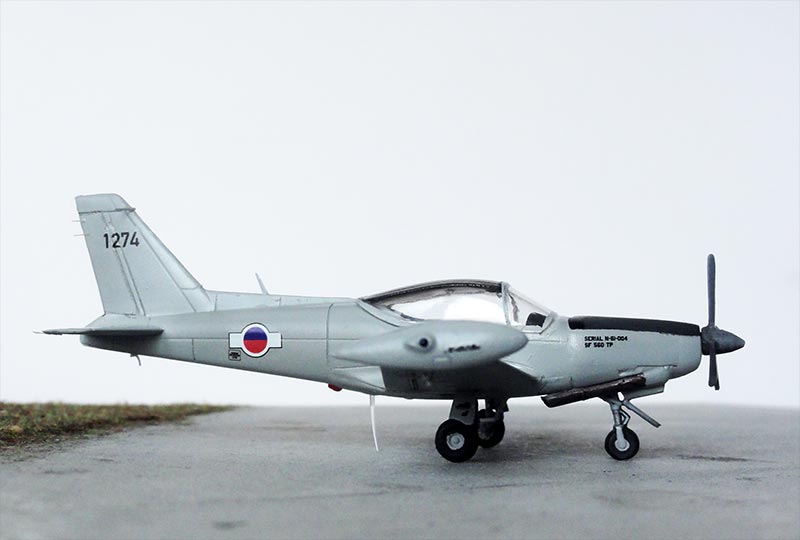
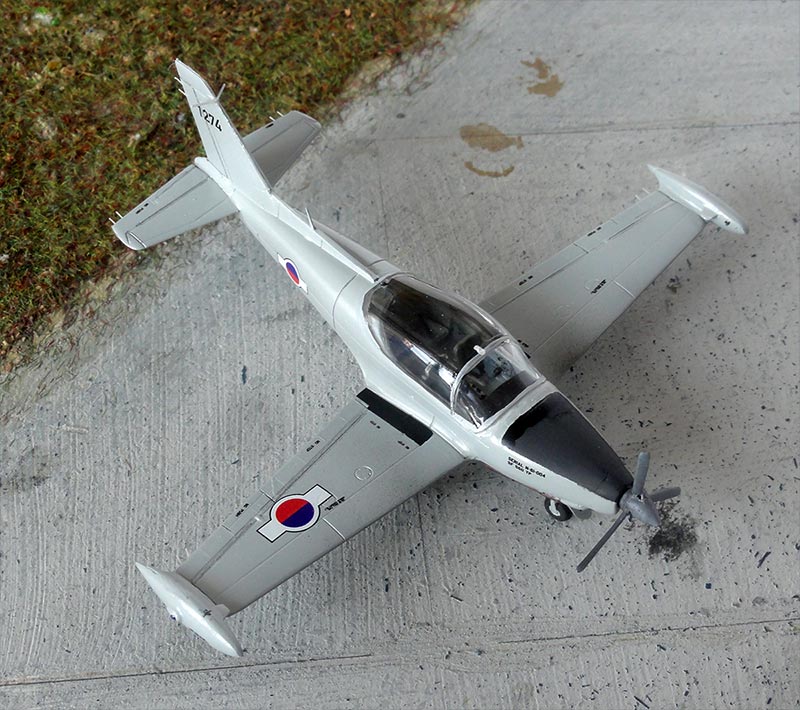

The third KP kit was made in a scheme of Mauretania SF-260 W in a desert scheme. The decals are provided in the kit #0210.
First an overall light brown coat was airbrushed with Gunze Sangyo 313. Then followed free hand using a paper mask darker brown camouflage pattern with Gunze Sangyo 321.
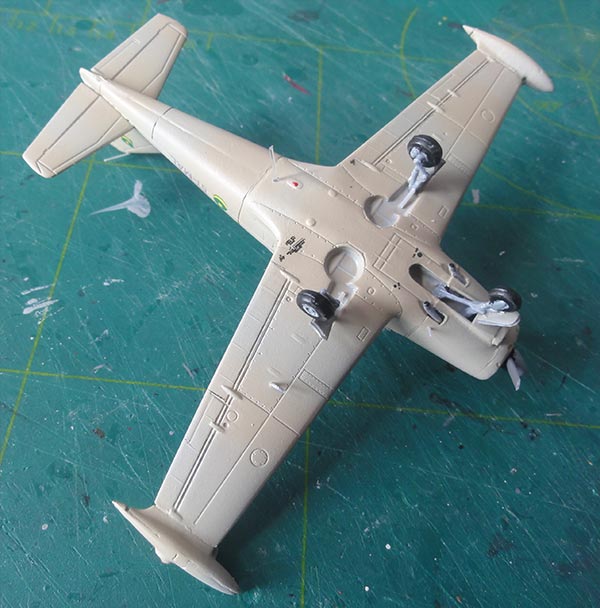
A small pitot below the wing should still be fitted.
The completion of the model with gear and small bits were as described above as per kit.
Mauretania
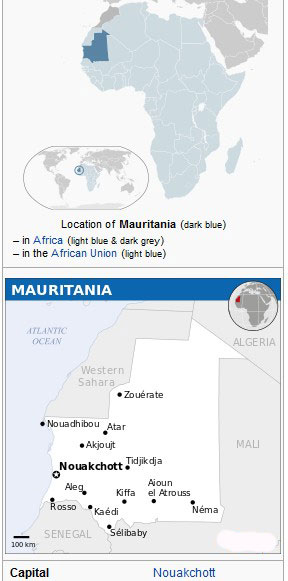

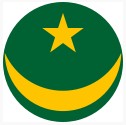
[ area: 1,030,000 km2 | population: 4,5 million | capital: Nouakchott | GDP 1,300 USD per capita nominal ]
Mauretania is a large country with mostly desert but Atlantic Ocean coast. It was in the 19th century part of French West Africa but became independent in 1960. It is a poor Arab country that suffered from military coups and dictators and was the last country to formally abolish slavery in 1981.
In the 1960s, a C-47 and 2 Broussard aircraft were operated by the air force. A few extra aircraft were obtained like 2 Buffalo's and 2 Skyvans transports. In 1976 followed 9 BN Defender armed aircraft to oppose the Polisario independence movement of the Western Sahara. A single Caravelle was the VIP transport in those days. Fighters were never deployed.
Some 4 SF-260 trainers were acquired in 2000. From 2010 Tucano and Super Tucano aircraft were delivered. Other types are a Chinese Z-9 Dauphin and Y-12 transport. A single Defender appears to be still flown.
The main base is at Nouakchott with a secondary base at Atar with the training school.
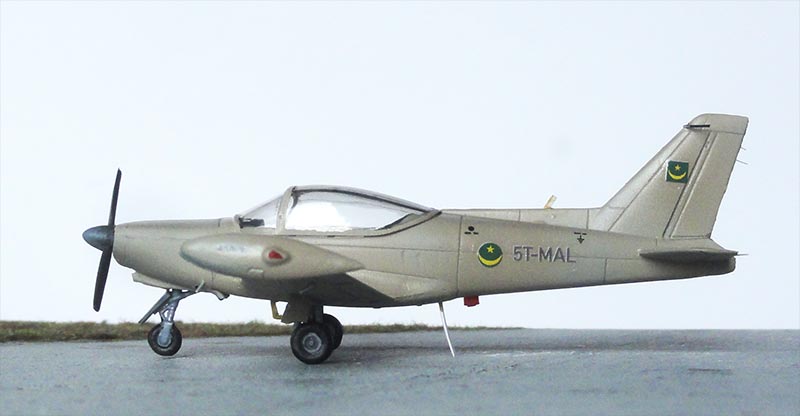
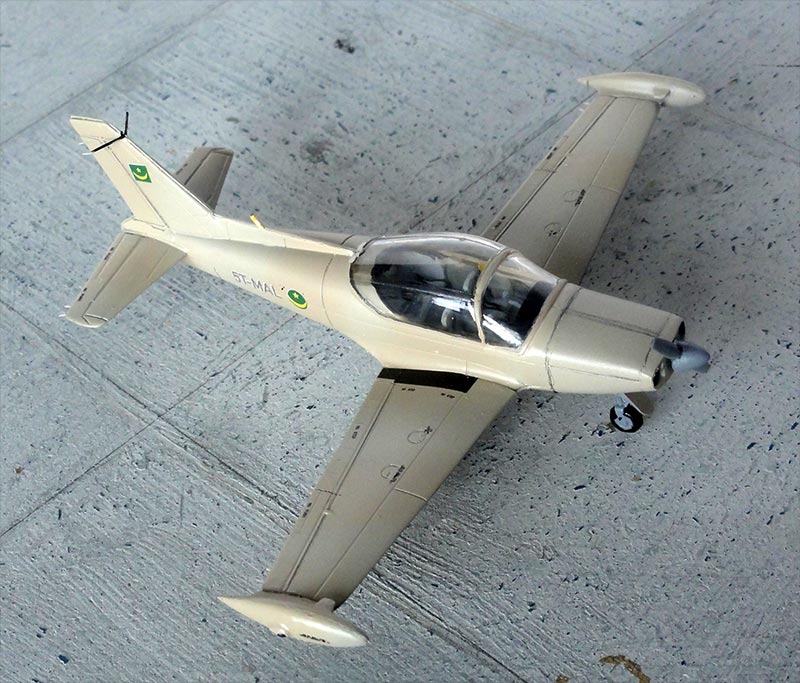
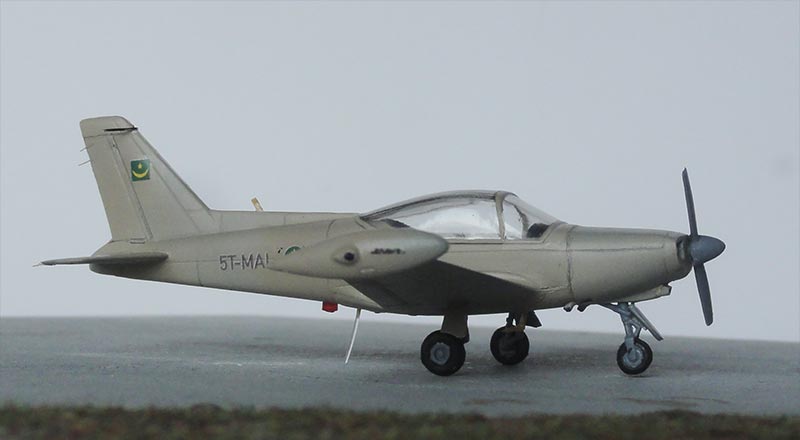
As compared to the Special Hobby kit described on page 1, the KP kit is a bit less refined and takes bit more effort to get smooth.
On to next [ Page 3... ]
Back to Models page....

(c) Copyright Meindert "designer"/ All rights reserved. Your comments are welcomed by webmaster
Created this page
July 29, 2022